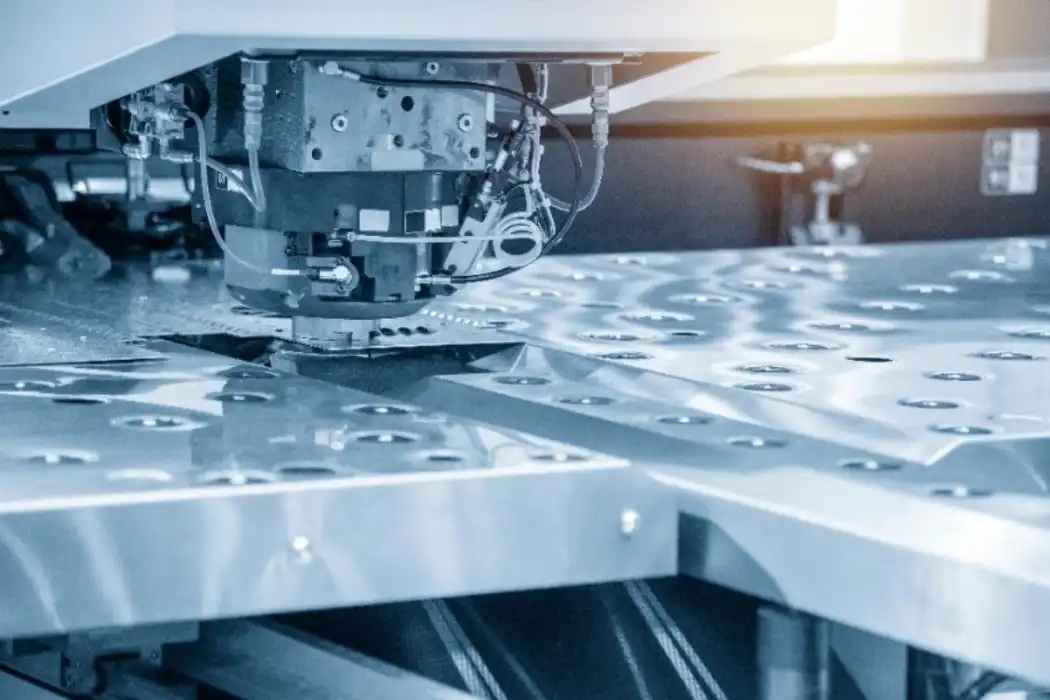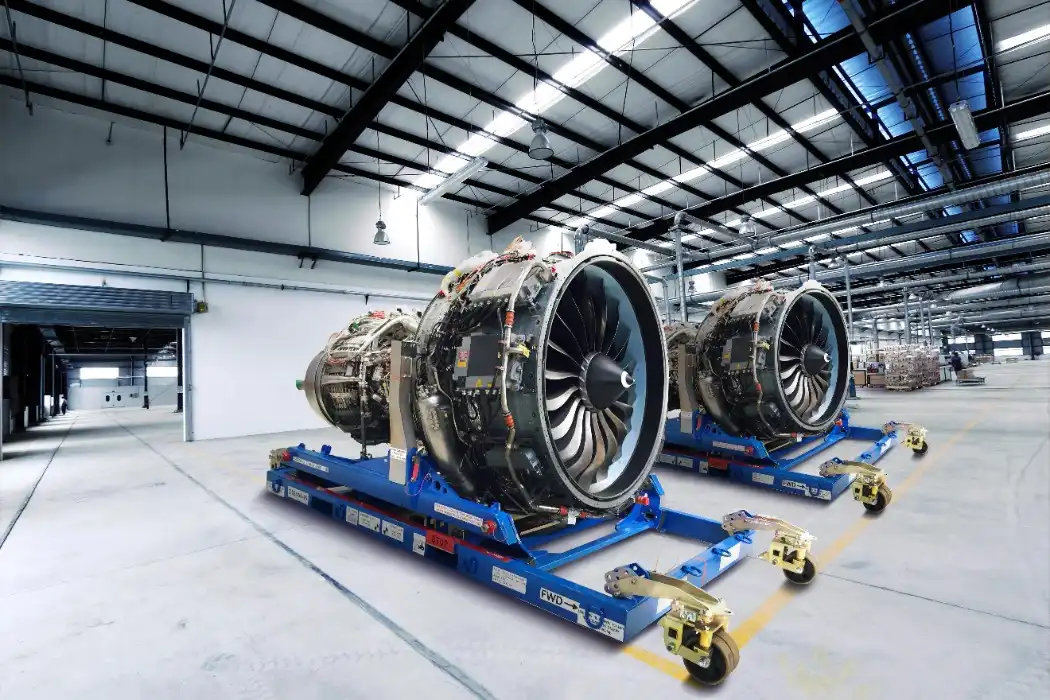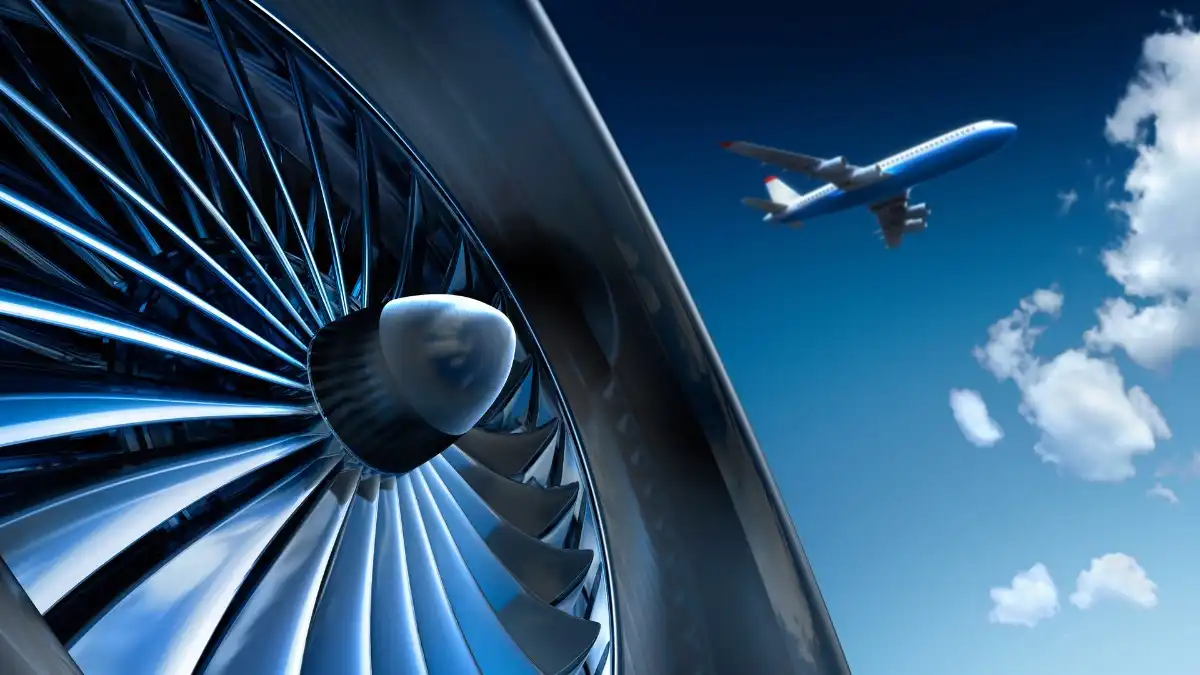Advancements in Aerospace Manufacturing Through Laser Cutting
Precision Fabrication of Aircraft Components
Laser cutting technology has transformed the production of aircraft components, allowing for unprecedented accuracy in part fabrication. This precision is crucial in creating aerodynamic surfaces, engine parts, and structural elements that must meet exacting specifications. The non-contact nature of laser cutting minimizes material deformation, ensuring that each component maintains its designed shape and properties. Additionally, the ability to create complex geometries with laser cutting has led to the development of lighter, more fuel-efficient aircraft designs, contributing to overall performance improvements in the aerospace industry.
Enhanced Material Processing Capabilities
The versatility of laser cutting in processing various materials has significantly expanded the possibilities in aerospace manufacturing. From cutting high-strength alloys used in engine components to precisely shaping composite materials for aircraft skins, laser technology offers a level of flexibility unmatched by traditional cutting methods. This capability has enabled engineers to explore new material combinations and designs, pushing the boundaries of what's possible in aircraft and spacecraft construction. The ability to work with both metallic and non-metallic materials in a single process has streamlined production workflows, reducing manufacturing time and costs.

Improved Quality Control and Consistency
Laser cutting's high level of automation and repeatability has greatly enhanced quality control in aerospace manufacturing. The technology ensures consistent results across large production runs, minimizing variations that could affect component performance or safety. Advanced laser cutting systems often incorporate real-time monitoring and adaptive control features, allowing for immediate adjustments to maintain cutting quality. This level of precision and consistency is particularly critical in aerospace applications, where even minor deviations can have significant consequences for aircraft safety and performance.
Specific Applications of Laser Cutting in Aerospace
Turbine Engine Component Manufacturing
Laser cutting plays a crucial role in the production of turbine engine components, where precision and material integrity are paramount. The technology is used to cut intricate cooling holes in turbine blades, ensuring optimal engine performance and efficiency. Laser cutting's ability to create clean, burr-free edges is especially valuable in these applications, as it minimizes the need for secondary finishing processes. Furthermore, the technology's capability to cut through multiple layers of material simultaneously has revolutionized the production of complex, multi-layer engine components, reducing assembly time and improving overall engine reliability.
Satellite and Space Vehicle Fabrication
In the realm of space exploration, laser cutting has become an indispensable tool for fabricating satellite components and space vehicle structures. The technology's precision is crucial for creating lightweight yet sturdy panels and structural elements that must withstand the extreme conditions of space. Laser cutting enables the production of intricate heat shields and thermal protection systems, essential for protecting spacecraft during atmospheric re-entry. Additionally, the ability to cut and engrave in a single process has streamlined the production of solar panels and other delicate components used in satellite systems.

Aircraft Interior and Cabin Components
Laser cutting technology has significantly impacted the production of aircraft interior components, offering new possibilities in design and customization. From cutting precise patterns in seat fabrics to creating complex panel shapes for cabin interiors, laser cutting provides the flexibility needed to meet diverse design requirements. The technology's ability to work with a wide range of materials, including plastics, fabrics, and composites, has enabled manufacturers to create lighter, more durable cabin components. This not only enhances passenger comfort but also contributes to overall aircraft weight reduction, improving fuel efficiency.
Future Trends and Innovations in Aerospace Laser Cutting
Integration of AI and Machine Learning
The future of laser cutting in aerospace manufacturing is closely tied to advancements in artificial intelligence and machine learning. These technologies are being integrated into laser cutting systems to optimize cutting parameters in real-time, adapting to variations in material properties and environmental conditions. AI-driven predictive maintenance is also becoming more prevalent, helping to minimize downtime and ensure consistent cutting quality. As these systems become more sophisticated, they will enable even greater precision and efficiency in aerospace component production, potentially leading to new design possibilities and manufacturing techniques.
Development of Hybrid Laser Cutting Systems
Innovative hybrid laser cutting systems are emerging, combining laser technology with other cutting and forming processes. These systems offer the potential for even greater versatility in aerospace manufacturing, allowing for complex operations to be performed in a single setup. For example, hybrid laser-waterjet cutting systems can leverage the strengths of both technologies, providing clean cuts in heat-sensitive materials while maintaining the precision of laser cutting. Similarly, laser-assisted machining processes are being developed to enhance the cutting of difficult-to-machine aerospace alloys, potentially revolutionizing the production of complex engine components.

Advancements in Ultrashort Pulse Laser Technology
The development of ultrashort pulse lasers, including femtosecond and picosecond lasers, is opening new possibilities in aerospace manufacturing. These lasers can deliver extremely high peak powers with minimal heat input, allowing for the processing of sensitive materials without thermal damage. This technology is particularly promising for cutting and drilling operations in composite materials, which are increasingly used in aerospace applications. Ultrashort pulse lasers also offer the potential for creating micro and nano-scale features in aerospace components, enabling new functionalities and improved performance in areas such as surface treatments and sensor integration.
Conclusion
Laser cutting has become an integral part of aerospace manufacturing, driving innovation and enabling the production of increasingly complex and efficient aircraft and spacecraft components. Its precision, versatility, and efficiency have transformed the industry, allowing for the creation of lighter, stronger, and more aerodynamic designs. As the technology continues to evolve, integrating AI, hybrid systems, and ultrashort pulse lasers, the possibilities for aerospace manufacturing will expand even further. The ongoing advancements in laser cutting technology promise to push the boundaries of what's possible in aerospace engineering, contributing to safer, more efficient, and more sustainable air and space travel in the future.
FAQs
What are the main advantages of laser cutting in aerospace manufacturing?
Laser cutting offers high precision, versatility in material processing, and consistent quality, crucial for aerospace components.
Can laser cutting work with all aerospace materials?
Laser cutting is effective with most aerospace materials, including metals, composites, and plastics, but some materials may require specific laser types.
How does laser cutting contribute to aircraft efficiency?
By enabling the production of lighter, more precise components, laser cutting helps reduce aircraft weight, thereby improving fuel efficiency.
What future developments are expected in aerospace laser cutting?
Future trends include AI integration, hybrid cutting systems, and advancements in ultrashort pulse laser technology for enhanced precision and capabilities.
Expert Laser Cutting Solutions for Aerospace Applications | BOEN
At BOEN Prototype, we specialize in high-precision laser cutting for aerospace applications. Our advanced manufacturing capabilities, including CNC machining and rapid prototyping, ensure we meet the exacting standards of the aerospace industry. As a leading factory and manufacturer, we offer comprehensive solutions for your aerospace component needs. Contact us at contact@boenrapid.com to explore how our expertise can elevate your aerospace projects.
References
Smith, J. (2023). "Advanced Laser Cutting Techniques in Aerospace Manufacturing." Journal of Aerospace Engineering, 45(3), 287-301.
Johnson, A., & Lee, K. (2022). "Precision and Efficiency: The Role of Laser Cutting in Aircraft Component Production." Aerospace Technology Review, 18(2), 112-128.
Patel, R. (2023). "Innovations in Laser Cutting for Space Vehicle Fabrication." International Journal of Space Systems, 9(4), 423-439.
Brown, M., et al. (2022). "AI-Driven Optimization of Laser Cutting Processes in Aerospace Applications." Artificial Intelligence in Manufacturing, 7(1), 56-72.
Zhang, L., & Wilson, T. (2023). "Ultrashort Pulse Lasers: Revolutionizing Aerospace Material Processing." Advanced Materials Processing, 31(5), 789-805.
Thompson, E. (2022). "Hybrid Laser Cutting Systems: The Future of Aerospace Manufacturing." Journal of Manufacturing Technology, 14(3), 345-361.





